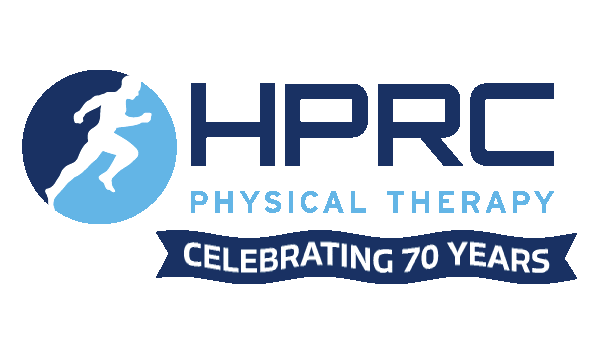We have probably all been told at some point in our lives, more often than not by mom or grandma, that we should fix our posture or stand up straight. Well grandma was on to something there! More often than not, while working with patients who are experiencing back, neck, or shoulder pain, I will identify one or more postural deviations which are likely contributing to their symptoms. Some of the most common postural deviations that I see on a regular basis include forward head, anterior pelvic tilt, and rounded shoulders.
Ideal posture gives our body a solid foundation from which to move. The spine is naturally made up of curves with the neck and the low back arching slightly and the mid back rounding slightly. Proper posture minimizes the strain on our muscles and joints and decreases the amount of work that our muscles need to do in order to fight gravity and keep us upright. In ideal standing posture from a side view our ears should line up with our shoulders, hips and knees and there should be a slight curve outward at the mid back and inward at the low back. In a sitting position, our bottoms should be near the back of the chair with our backs supported by the chair. The knees should be bent at approximately 90 degrees (meaning many of us need to adjust our chair height) and our shoulders and neck should be relaxed.
A postural deviation that is increasing in prevalence is forward head posture. This is what it’s called when our chins are sticking out and our ears line up in front of our shoulders. This commonly occurs with reading, computer work, television viewing, and texting. We have a tendency to bring the neck/chin forward in an attempt to get our eyes closer to whatever is holding our attention. Unfortunately, prolonged forward head posture can contribute to neck tension and soreness, headaches, and tingling in the arms. Cell phones tend to bring out the worst neck posture because we often bend our necks down at significant angles while also bringing the chin forward as we read, text or play games on the relatively small screen. The perceived weight of the head increases significantly the more we bend our heads forward. An exercise that you can do to correct forward head posture is cervical retraction with a chin tilt. To perform this exercise nod your chin down just a tiny bit then bring your neck straight back as you think about lifting the base of your skull as if it were being pulled by a string tied to the ceiling. Hold for a few seconds and then relax.
A second common postural deviation is excessive anterior pelvic tilt. This often occurs as a result of tight hip flexor muscles. As a culture, we spend more time sitting than what is ideal for our bodies. We often sit for extended periods for transportation, work, and recreation/relaxation. This can enable the muscles at the front of our hips to shorten and get tight, pulling our pelvis forward. When we stand with anterior tilt, we often increase the arch in our low back as a compensation to stay upright. This can put excessive strain on the low back over time. By pulling the hips forward and the pelvis into a neutral position the back can return to its natural position. An exercise to correct excessive anterior pelvic tilt is the posterior pelvic tilt. This can be performed in multiple positions. One way to do a posterior pelvic tilt is to start lying on your back with your knees bent and the bottoms of your feet flat on the floor. From this position gently press your low back down to the floor and use your abdominal muscles to gently rock your hips back or “tuck your tail”. Another exercise which may be necessary to correct excessive anterior pelvic tilt is to stretch the front of the hips or hip flexor muscles if they are tight.
The final postural deviation that I see very frequently is rounding of the shoulders. This often shows up as a combination of the shoulder blades being far apart and the arms being rotated in so that if a person is standing with their arms relaxed by their sides their palms would be facing behind them. It is also common for people with rounded shoulders to also have a greater than usual bend in the upper back. People with this posture commonly report neck or shoulder pain. This posture puts the body in a poor position for reaching or lifting overhead. Try rounding your shoulders and slumping your upper back, then try to raise your arms overhead from that position. Now try raising your arms while sitting up tall and gently pulling your shoulder blades back. Your arms should be much easier to raise from the second position. Not only is it harder to move your arms from the rounded position but this posture makes it easier for your rotator cuff tendons to be pinched. People with proper posture have the lowest incidence of rotator cuff tears. An exercise to correct this postural deviation is scapula or shoulder blade retractions. To do this exercise stand with your arms by your sides and gently pull your shoulder blades back and together with your thumbs facing out. Hold for a few seconds then relax. Be sure that your shoulders aren’t coming up toward your ears when you do this exercise.
In order to efficiently move our limbs, it is essential to have good posture. We can decrease the strain on our muscles and joints by making small adjustments in our static and dynamic positions. Proper alignment can be one step toward decreasing pain in the neck, back, or shoulder.



